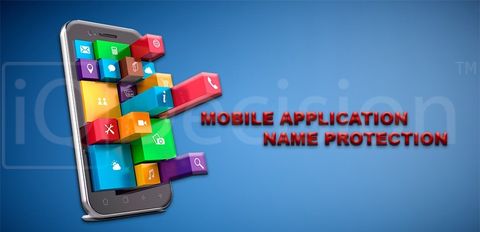With the number of mobile apps constantly growing, developing a unique name & designing an icon for a mobile app is becoming an absolute necessity for developers seeking to make their app stand out from the competition. Having a catchy & easily recognizable name can give your app a competitive edge. Also, registering a name for a mobile app as a TM can be critical to the app’s continued success & lead to increased profits.
China: Registering Applications’ Names as TMs
Registering a mobile app’s name as a TM in the PRC can prevent other app developers from claiming your app’s success. While listing platforms generally don’t check for similar or identical names before approving an application, registering a TM in the PRC can help you prove your rights in that jurisdiction if somebody uses your app’s name.
What to Register for?
An application usually has more than one indicator of origin. The name is often descriptive, so it often shows up when users are looking for a specific feature. Accordingly, many applications have:
- relatively brief & descriptive name;
- full name;
- a logo displayed on the phone.
To prevent 3rd parties from copying their TMs (fully or partially), app developers are encouraged to register all forms of TMs in the PRC. Many apps’ names contain a slogan; however, registering a slogan in China can be quite problematic.
Classification of Services/Products
Services/products related to mobile apps are divided into several classes. In general, TMs used for mobile apps require Class 9 registration. Applying for Class 42 registration of a TM in China (which covers computer software development) is also a common practice. Because applications are increasingly being seen as a way of providing multiple services, app developers must record the exact nature of the services provided (e.g. instant messaging applications require Class 38 protection; travel-facilitating apps require Class 39 protection, financial information apps require Class 36 protection, and reading apps require Class 41 protection).
China: Protection of TM Rights
One way of protecting an app’s name from being tampered with consists in collaborating with app distribution platforms (e.g. Baidu, Xiaomi & Google Play). Platforms like this use an online complaint system that allows app developers to report violations & bring perpetrators to account. Although the procedures are different for each app platform, registering a TM in a particular jurisdiction is a must.
Obtaining notarized evidence of an alleged violation (e.g. notarized screenshots of the infringing application pages & proof of ownership) is also extremely important. Chinese IP courts & administrative authorities only accept translated (if evidence is in a foreign language) & notarized evidence.
Entering the Chinese market requires app developers to be aware of how to protect their software. Registering a domain as a TM in the PRC is a good way of broadening your brand’s outreach & preventing 3rd parties from your app’s success.
Please note that you can solve all your problems related to protecting a mobile app’s name in the PRC by contacting IQ Decision UK. Our experts will also be happy to assist you with registering a TM in the PRC or registering IP rights in Asia.

















